Add vibrant splashes of color to your fall garden with aster! Learn the essentials for planting, caring for and enjoying these hardy, long-blooming flowers in your outdoor spaces.
As summer winds down and the first hints of fall arrive, the garden can start looking a bit lackluster. But that’s when asters really shine, putting on a dazzling display of color just as many other blooms are fading away.These tough, cold-hardy flowers bloom in a rainbow of shades like rich reds, vivid purples, pale pinks and sunny yellows – breathing new life into tired gardens when you need it most. Even better, asters provide much-needed pollen and nectar sources for bees, butterflies and other pollinators late in the season.
With clumping mounds of green foliage topped by loads of daisy-like flower heads, asters make excellent border plants, ground covers and cutting garden additions. No autumn garden is truly complete without these versatile, easy-to-grow bloomers.
In this guide, you’ll learn everything you need to successfully grow and care for asters so you can enjoy their striking colors and extended blooms for months on end.
here’s a short information chart about Aster flowers:
| Aspect | Information |
|---|---|
| Botanical Name | Aster spp. |
| Plant Type | Perennial |
| Soil Type | Well-drained, fertile soil |
| Color Varieties | Purple, pink, blue, white, lavender, and more |
| Zones | Typically zones 3-8 in the US |
| Exposure | Full sun to partial shade |
| Bloom Time | Late summer to fall |
| Height/Spread | Height varies by species, typically 1-3 feet tall/spread |
Aster Varieties for Any Garden
When it comes to choosing aster varieties, you have plenty of options in terms of flower forms, colors, sizes and bloom times. Let’s take a look at some of the most popular groups:
New England Asters
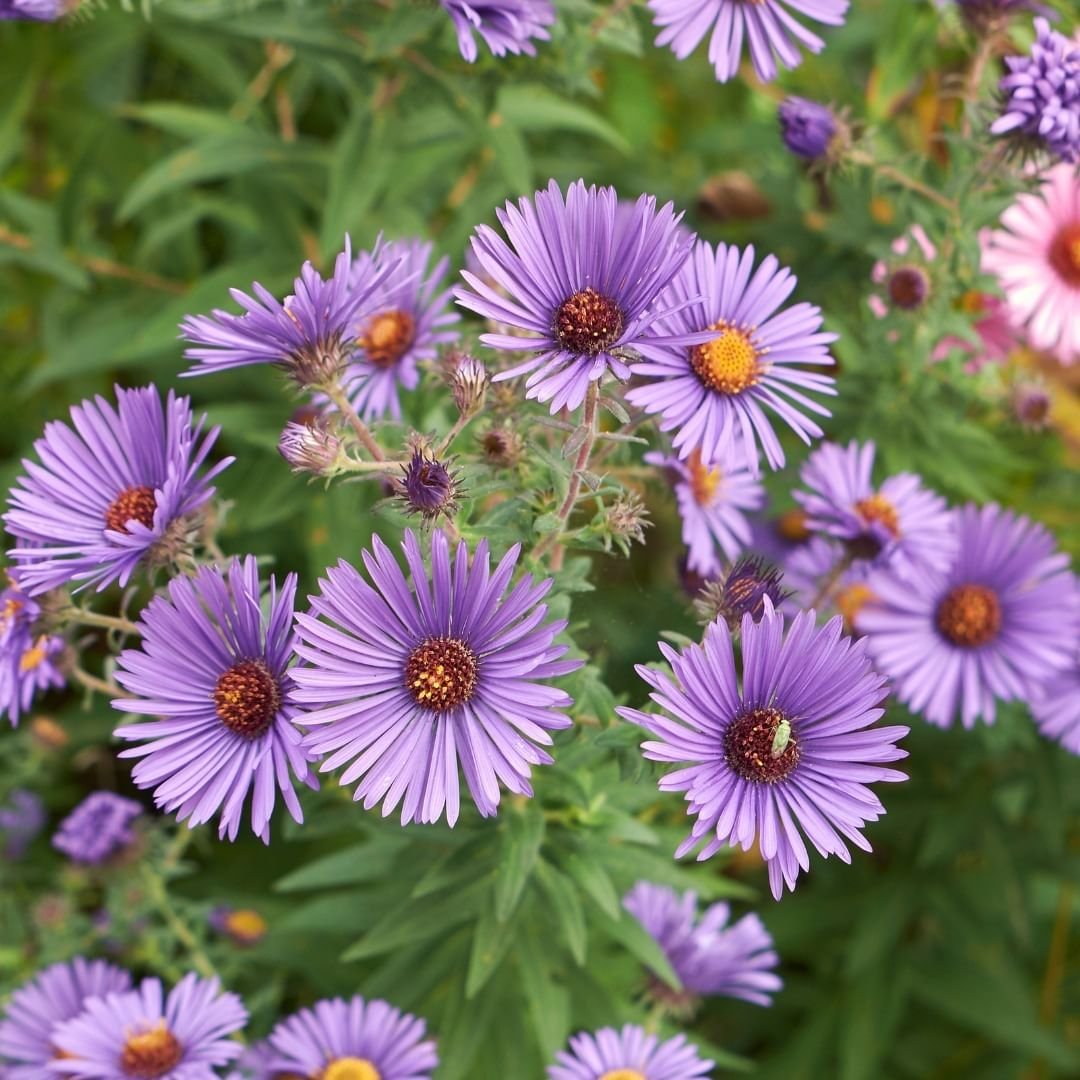
Here’s a short information chart specifically for New England Asters:
| Aspect | Information |
|---|---|
| Botanical Name | Symphyotrichum novae-angliae |
| Plant Type | Perennial |
| Soil Type | Well-drained, loamy soil |
| Color Varieties | Purple, pink, blue, white, lavender |
| Zones | Typically zones 3-8 in the US |
| Exposure | Full sun to partial shade |
| Bloom Time | Late summer to fall |
| Height/Spread | Height: 2-6 feet, Spread: 1-3 feet |
One of the most widespread species is the New England aster (Symphyotrichum novae-angliae), with tall, ramrod-straight stems that reach 4-6 feet and brilliant purple or pinkish-purple flowers.
Smooth/Heath Asters
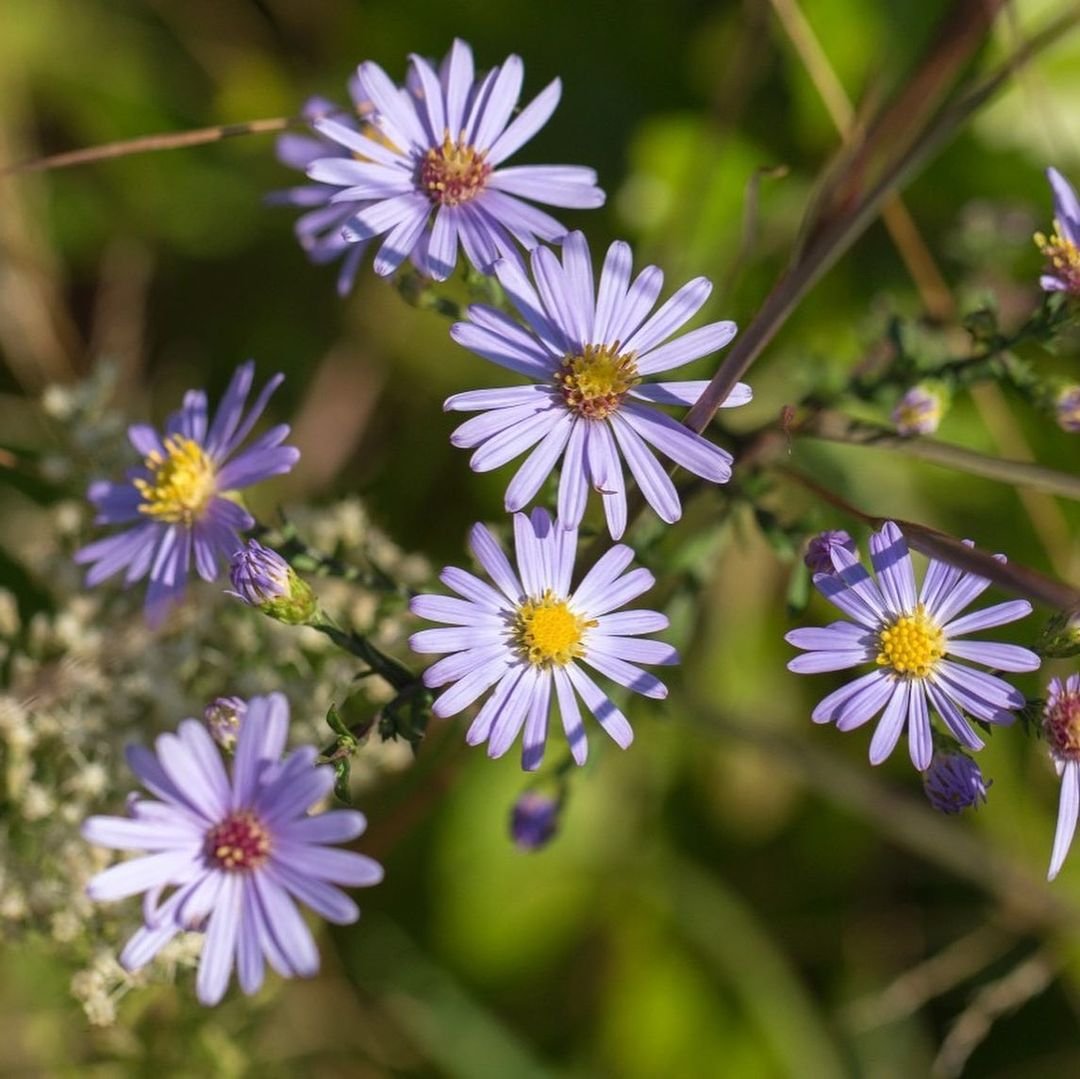
Here’s a concise information chart for Smooth/Heath Asters:
| Aspect | Information |
|---|---|
| Botanical Name | Symphyotrichum laeve (Smooth Aster) |
| Symphyotrichum ericoides (Heath Aster) | |
| Plant Type | Perennial |
| Soil Type | Well-drained, sandy to loamy soil |
| Color Varieties | White, pale blue, lavender |
| Zones | Typically zones 3-8 in the US |
| Exposure | Full sun to partial shade |
| Bloom Time | Late summer to fall |
| Height/Spread | Height: 1-3 feet, Spread: 1-2 feet (Smooth Aster) |
| Height: 1-3 feet, Spread: 1-2 feet (Heath Aster) |
In the S. ericoides group, you’ll find compact little knee-high plants with tiny flowers in shades of white, pink, blue or purple. Perfect for rock gardens or borders.
Aromatic Asters
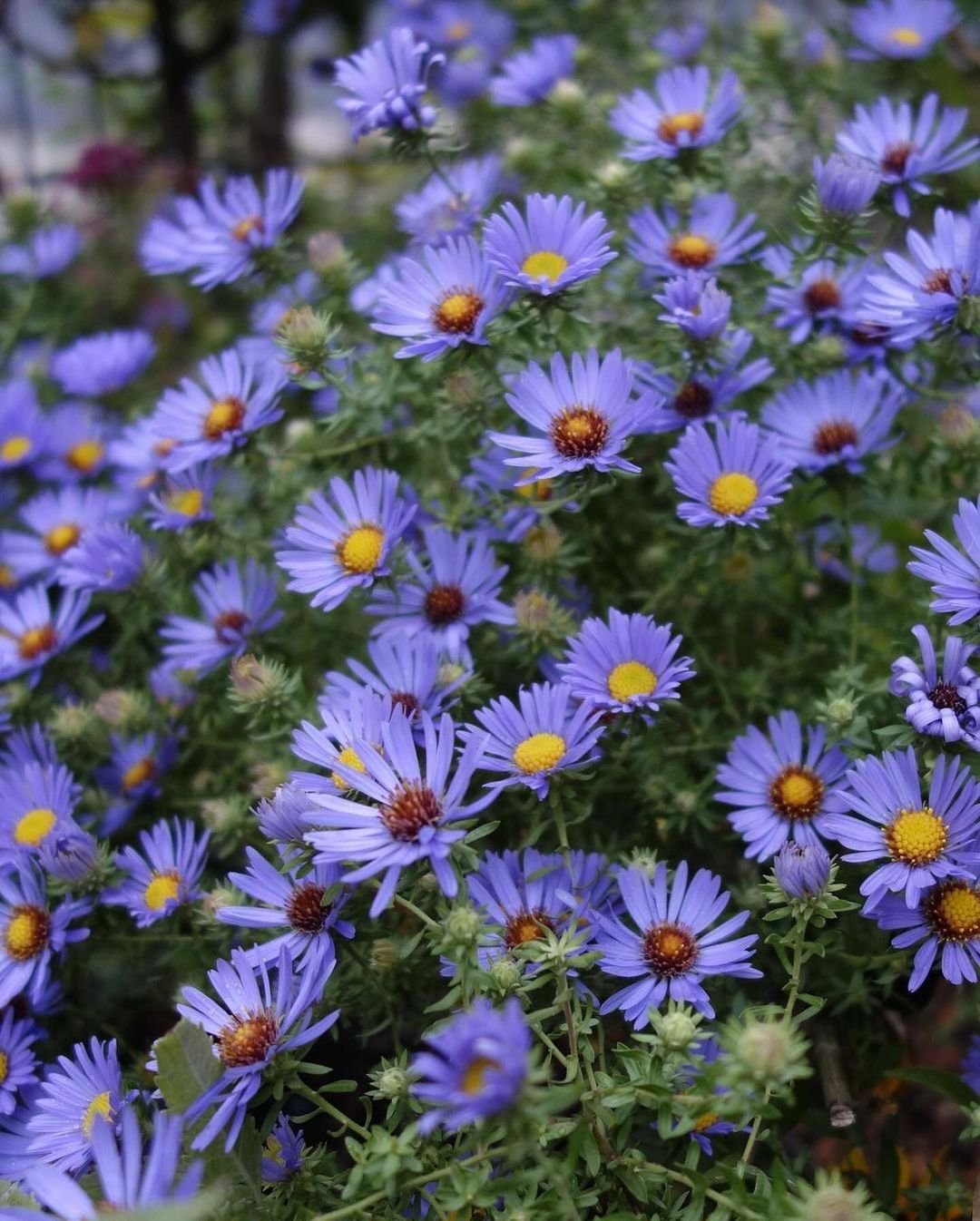
Here’s a summary chart for Aromatic Asters:
| Aspect | Information |
|---|---|
| Botanical Name | Symphyotrichum oblongifolium |
| Plant Type | Perennial |
| Soil Type | Well-drained, loamy soil |
| Color Varieties | Violet-blue, purple, pink, white |
| Zones | Typically zones 4-8 in the US |
| Exposure | Full sun to partial shade |
| Bloom Time | Late summer to fall |
| Height/Spread | Height: 1-3 feet, Spread: 1-2 feet |
These taller 2-3 foot asters (S. oblongifolius) come in shades of purple or blue with a spicy, herbal scent to their foliage.
Alpine or Dwarf Asters
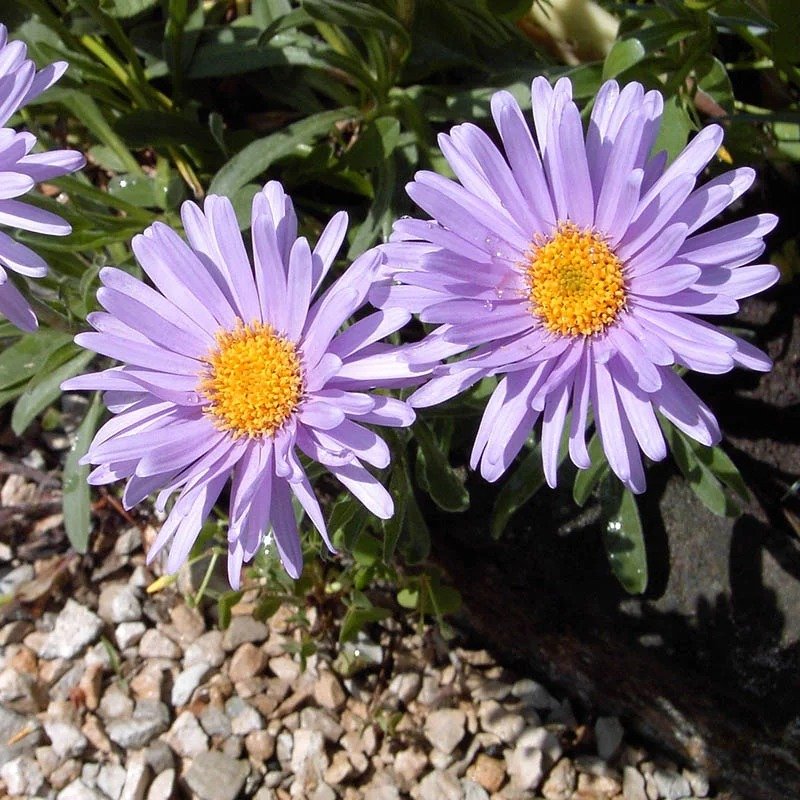
Here’s a concise information chart for Alpine or Dwarf Asters:
| Aspect | Information |
|---|---|
| Botanical Name | Aster alpinus |
| Plant Type | Perennial |
| Soil Type | Well-drained, rocky soil |
| Color Varieties | Various shades of blue, purple, pink, and white |
| Zones | Typically zones 3-8 in the US |
| Exposure | Full sun |
| Bloom Time | Late spring to early summer |
| Height/Spread | Height: 6-12 inches, Spread: 12-18 inches |
Just 6-12 inches tall, miniature alpine asters like S. alpinus pack a punch of blue, white, or lavender blooms perfect for rock gardens.
Beyond their sizes and colors, asters also differ in bloom times. You’ll find early-season bloomers that start in late summer and continue through fall, while the latest varieties don’t kick in until early October in many regions.
With a little planning, you can create aster flower beds that change colors and textures throughout the entire autumn season. Tuck tall, later bloomers like the New England aster in the back, then layer shorter earlier bloomers towards the front.
No matter which specific varieties you choose, asters are sure to brighten up those end-of-season gardens where other blooms have faded out.
Planting Asters
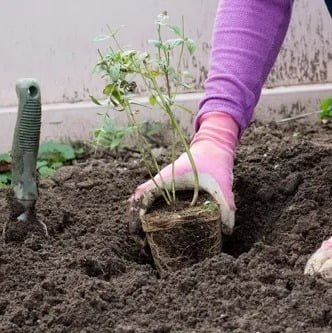
Asters aren’t fussy plants, but they do have some basic requirements for getting established successfully:
Timing
In most regions, you’ll want to plant aster seeds, plants or divisions in late spring or early summer. This gives them time to develop strong root systems before blooming later in the year.
Location
Asters need at least six hours of direct sun per day, with morning sun being ideal. Shadier spots result in weaker plants and fewer flowers.
Provide a spot with consistently moist but well-drained soil for healthy aster growth. Heavy clay that stays waterlogged won’t allow the roots to spread properly.
Seed Starting
You can absolutely grow asters from seed sown directly into prepared garden beds once temperatures stay above 70F.
For earlier blooms, start aster seeds indoors 6-8 weeks before your last spring frost, then transplant sturdy seedlings out after hardening off.
Transplanting
When transplanting nursery starts or divisions, space shorter asters around 12 inches apart and larger varieties like New England asters about 18-24 inches apart.
Dig holes twice as wide as the rootball but no deeper, firming soil around the base after planting. Water thoroughly.
Following these simple planting guidelines will result in vigorous, high-performing asters that bloom their hearts out each fall.
Caring for Asters
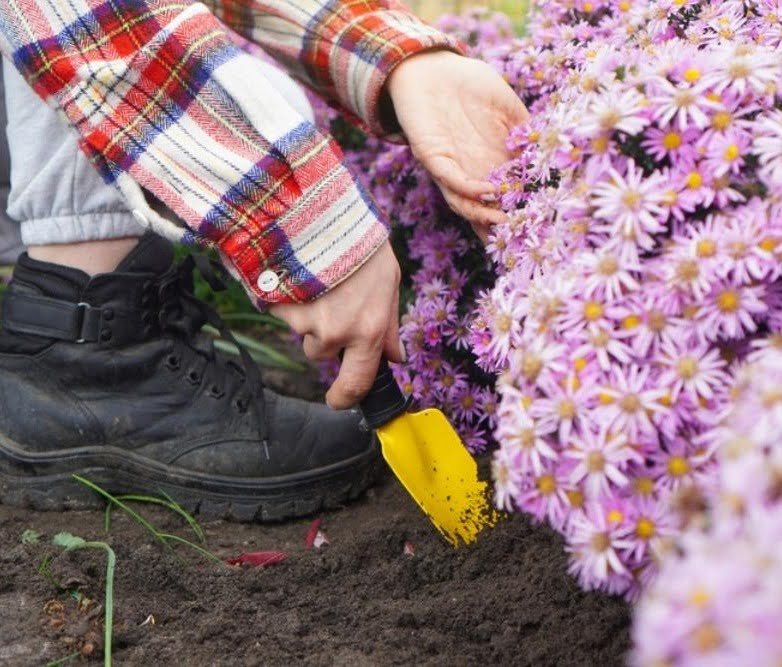
Once planted, asters are fairly low-maintenance flowers that require little more than a few basic care tasks:
Watering
Keep aster plants consistently moist during spring and summer while they’re actively growing. Allow the soil to dry out just slightly between waterings.
Come fall when blooming kicks in, asters are a bit more drought-tolerant. But for best performance, continue providing water every 5-7 days in the absence of rainfall.
Mulching
Apply a 2-3 inch layer of mulch like bark chips or straw around the base of aster plants. This helps retain soil moisture and suppress weeds that compete for resources.
Fertilizing
Asters typically don’t require much feeding if they’re planted in enriched, well-draining soil. A light application of balanced fertilizer or compost in early spring is enough.
Division
Every 2-3 years, it’s smart to divide asters by carefully digging up and separating the clumps into segments. This keeps the plants vigorous and flowering well.
Replant the divisions immediately at the same depth, giving them room to spread out. Both the originals and divisions should reward you with more lush growth and blooms.
Pruning
Deadheading spent flowers will encourage profuse rebloom in many aster varieties, extending their season further into fall. Simply snip off wilted blooms down to the next bud on the stem.
After flowering finishes up, cut plants back to the ground in winter and apply a layer of insulating mulch over the root zone. This protects asters through freezing temperatures.
With just a little effort, you’ll be rewarded with masses of vibrant aster blooms that keep on coming until first frost!
Pests and Disease Control for Asters

Asters are fortunately quite pest and disease resistant plants if kept in the proper growing conditions. Still, problems can potentially arise when certain issues pop up:
Fungal Diseases
Humid, damp conditions and crowded plantings can lead to issues like powdery mildew, leaf spots, rusts and blights on aster plants. Improve air flow and drainage to prevent spread.
Aphids
The soft sap of new growth attracts aphid infestations, which can be controlled by insecticidal soaps or strong waterspray from the hose. Encourage natural predators like ladybugs.
Lacebugs
Tiny insects that leave aster leaves speckled and discolored. Horticultural oils can help suffocate and control these hard-to-reach pests on leaf undersides.
Nematodes
Microscopic soil-dwelling pests that feed on aster roots, causing distorted, stunted growth. Remove and discard affected plants, allow soil to go fallow for a season.
Aster Yellows
This viral disease spread by leafhoppers can cause stunting, twisting, and excessive greenish flower growth. There’s no treatment, so dig and dispose of affected plants.
As always, catching and treating any of these issues promptly helps minimize their ability to spread and impact your aster displays. Cultural practices like spacing plants properly and monitoring closely go a long way.
Creative Uses for Asters in the Garden

With their graceful, drifting shapes and rainbow of color options, asters lend themselves to all sorts of creative plantings:
Fall Borders
Plant swaths of complementary aster colors alongside chrysanthemums, sedums and ornamental grasses for stunning fall flower borders.
Mass Plantings
Group several mounding varieties together in a solid block to create a mini-meadow effect in larger open areas.
Butterfly Gardens
Asters are absolute magnets for butterflies, bees and other pollinators hungry for nectar sources later in the year. A must-have for wildlife gardens.
Patio Containers
Compact dwarf and alpine asters add bursts of color to patio pots and window boxes when many annuals are fading.
Cut Flowers
With proper conditioning, these hardy blooms can last over a week in cut flower arrangements, either fresh or dried.
No matter how you choose to incorporate them, asters are an essential part of any complete fall garden design. Their incredible versatility and eye-catching colors are sure to steal the show!
Pingback: Hops Heaven: A Step-by-Step Guide to Growing Hops at Home
Pingback: Welcoming Front Gardens: Creative Design Inspirations
Pingback: Flowering Maple: A Complete Guide to Growing and Care
Pingback: Jessenia Pothos: A Gorgeous Addition to Your Indoor Plant Collection
Pingback: 10 Mesmerizing Pink Succulents You Need in Your Collection!
Pingback: 35 Awesome Flowers : that start with A - Gardener's School
Pingback: Flowering Maple : A Complete Guide to Growing and Care